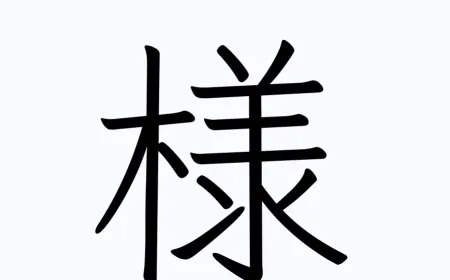Inari Fox - Sacred Animal in Japan
If you have had the opportunity to visit Japan rich in culture, especially sacred places such as temples and pagodas, you must have come across images of Inara foxes many times. From small to large-sized statues, to characteristic drawings, all depict the image of this agile fox Inari.

According to statistics, in Japan, they are displayed at more than 30,000 temples across the country. So what is the story and meaning behind this fox that Inari is considered a cultural symbol in the country of Phu Tang?
1. What do foxes represent in Japanese culture
In the Japanese Shinto belief, there are many different gods of the natural world. Each deity carries a different mission and responsibility, such as the God of the Sea, God of the Sun, God of War, etc. In which, God Inari is said to have a connection with rice, tea and sake. Since these three factors play such an important part in Japanese culture, it is not surprising that more than a third of Shinto shrines in Japan are dedicated to Inari.
According to legend, the gods often choose certain animals to be their representatives or messengers. In Inari's case, the animal is depicted as a white fox. So many Inari shrines will have some small fox figurines that act as shrine guardians.
In Japanese folklore, foxes are often depicted as possessing intelligence and longevity. It is this that has made the fox the main figure and inspiration of the traditional art style known as "ukiyo-e" - woodblock prints of the Edo period. In particular, the white fox, believed to be the messenger of God Inari, carries the task of protecting God and against evil spirits. Most of the stone statues depicting Inari foxes found at shrines are often seen with red bibs. In Shinto beliefs, red is the color of the gods and is believed to ward off diseases and bad energies.
Besides the good image mentioned above, the fox is also famous for the image of deceitful and cunning people. In many Japanese folk tales, foxes are seen often causing mischief to punish those who are greedy or boastful. A common theme found in these stories is the fox's transformation into a beautiful woman, lost and in need of help. After inviting this mysterious woman to spend the night, the homeowner woke up the next morning to find the woman missing along with their food and valuables. Particularly mischievous foxes are also said to have shaved their owners' heads while they were sleeping.
2. Inari Sushi
The image of Inari foxes not only goes deep into the spiritual life, but they have become an indispensable part of Japanese culture. The proof is that Inari is the images and themes, inspirations in poetry, literature, art, and sculpture that now appear in the culinary culture called Inari sushi.
While nigiri sushi, thinly sliced fish topped with sushi rice, is a familiar dish for most people, Inari sushi (known as inarizushi in Japanese) is much less known to the world. Foreign tourists.
According to folklore, the fox's favorite food is aburaage - layers of sweet tofu that are deep-fried. This dish is found at sushi and noodle restaurants, with deep-fried aburaage, arranged in the shape of a bag and filled with sushi sticky rice. Depending on the region in Japan, visitors can enjoy Inari sushi with different flavors or with different shapes.
In the east, Inari sushi is usually made in a rectangular shape with a deep fried outer shell, but inside is a soft white rice filling. In Western Japan, they have a stronger flavor and the rice is often mixed with vegetables and other ingredients and ingredients. In addition, the shape is often triangular, which is said to represent the shape of a fox's ears.
3. Fox Mask - Kitsune
When participating in a festival in Japan, visitors will often encounter a few stalls selling a variety of colorful masks, in which you can see a white Kitsune mask - also known as a mask. fox mask. These Kitsune masks were originally used only in Shinto ritual dances and Japanese theatrical productions, but are now more commonly found as decorations and souvenirs. has the meaning of prosperity.
However, the Kitsune mask is still regularly used in a number of rituals, the most famous of which takes place every year on New Year's Eve. According to legend, foxes once took on human form and visited Oji Inari Shrine in Tokyo. To commemorate the event, hundreds of participants donned Kitsune masks or painted and made-up in the shape of foxes during the annual Oji Kitsune-no-Gyoretsu parade.
4. Fox mask in anime
Anime is Japan's cultural icon, so it's no surprise that the fox Inari has appeared in various TV shows and manga, including popular works like Pokemon and Naruto.
Notably, the manga and anime about Inari, Konkon, Koi Iroha tell about a young girl named Inari Fushimi - who saved a fox from drowning in the river. The goddess of the nearby shrine was grateful for the girl's brave act and rewarded Inari Fushimi with the power to transform, much like foxes in Japanese folklore are said to be able to do. The lighthearted series is set in Kyoto and features real-life locations.
Related Products








































































































